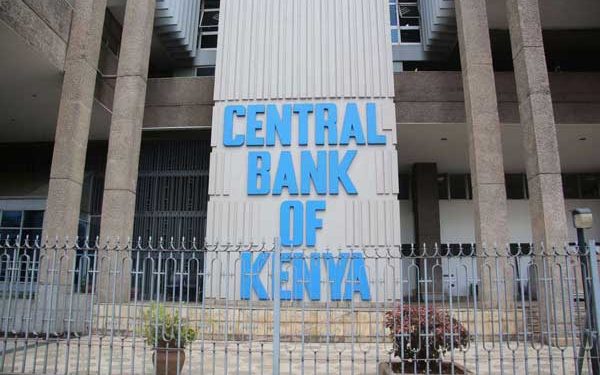Kenya’s Central Bank has once again reduced its key interest rate in a bid to stimulate lending and boost economic growth, marking the fourth consecutive reduction. Governor Kamau Thugge announced the decision on Wednesday, with the Monetary Policy Committee (MPC) lowering the benchmark rate to 10.75%, down from 11.25%. This adjustment, the lowest rate in nearly two years, comes in response to a slowdown in economic activity observed during the first half of 2024.
In its report released on February 5, the MPC cited a deceleration in economic growth as a major factor behind the rate cut. The committee stated, “Overall inflation is expected to remain below the 5% midpoint of the target range in the near term, supported by stable core inflation, low energy prices, and exchange rate stability.” These factors, according to Thugge, provided the necessary conditions for the rate reduction.
The MPC also took into account global economic trends, noting that central banks in major economies have continued to lower interest rates, with further reductions expected. This global pattern aligns with Kenya’s ongoing efforts to ease its monetary policy while maintaining financial stability.
Governor Thugge emphasized that the rate cut was intended to support economic activity following a slowdown. Preliminary data suggests that Kenya’s economy grew by 4.6% in 2024, down from 5.6% in 2023. However, the central bank remains optimistic about the future, projecting a growth rate of 5.4% in 2025, driven by the resilience of key sectors like services and agriculture, along with an expected rebound in private sector credit growth and improved exports.
As part of the broader effort to increase liquidity, the MPC also reduced the Cash Reserve Ratio (CRR) by 100 basis points, bringing it to 3.25%. The committee has also initiated on-site inspections of banks to ensure that they pass on the benefits of lower funding costs to customers.
The Central Bank’s policies aim to boost credit growth and support Kenya’s economic recovery as it navigates the challenges of 2024.


















